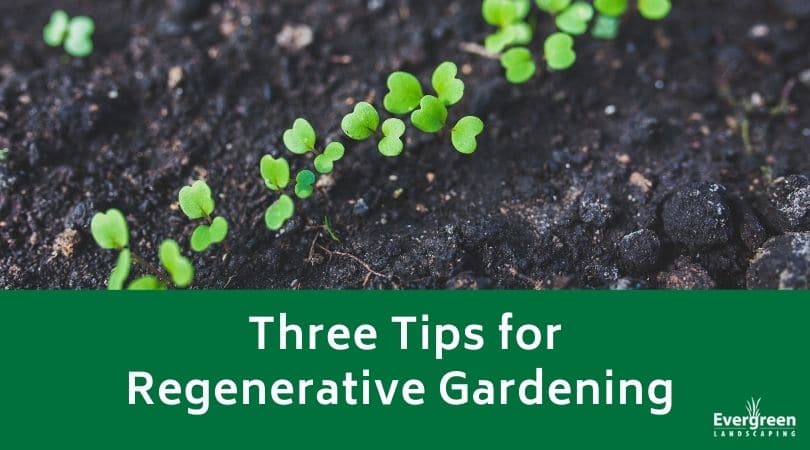
Regenerative gardening is a garden management style with planting that keeps waste and emissions in mind. The practice gets specially designed to nourish the garden soil naturally instead of depleting it and refilling the space with fertilizers. Many of these fertilizers can damage plants and the microscopic life in the soil.
Soil and any plants, vegetables, or herbs you grow it in are generally healthier when you take steps to nourish and preserve the fungi, invertebrates, and decomposers. There are a few ways you can try out this specific gardening method, and we’ll outline them for you below.
1. Don’t Till the Soil
Digging is very labor-intensive, and it can break down the soil’s structure as it releases built-up carbon. Instead, you can use landscape cloth to help control the weeds and a broad fork to turn the soil without digging in. Mowing is also a safe way to get rid of any unwanted plants before seeding.
Digging up the soil isn’t simply just labor-intensive; it can also break down the structure of the soil and release built-up carbon. There are a few options you can use to prepare for planting without disrupting your garden bed. Sheet composting is also very helpful, and you lay down cardboard, stray, or other safe materials that will degrade over time in your chosen space in the fall months. It’ll revitalize the ground before spring.
2. Attract Helpful Wildlife
Many garden plants and crops use pollinators like flies, bees, and butterflies. Planting borders around your garden and adjacent areas with native grasses and wildflowers will give these beneficial insects a nice habitat so they can help with your landscape and garden.
By setting up this habitat right around your garden, you’re creating more places for the local wildlife to gather in. Promoting this healthier ecosystem can also mean you have fewer destructive pests and better yields. Doing this can save you resources and effort that you’d usually spend clearing out these areas.
3. Feed the Soil
Regenerative gardening requires that you nourish the soil and give back to the land. Treating your garden patch with a thicker layer of compost will help inject nutrients that could be depleted back into the soil. It can also encourage the natural communities of micro-organisms because it returns organic matter into the soil and reduces erosion by improving the soil’s structure.
Spread a one to three-inch layer of compost during the fall or spring months over your garden patch. You can make your own compost, or you can look at your local farms or vendors and see if they’re selling any. Several plants like legumes can add nutrients back into your soil. So, leave the plant matter into the garden instead of removing it to keep these nutrients in the soil.
Evergreen Landscaping Can Help With Regenerative Gardening
If you’re going to dive into regenerative gardening, it’s a good idea to talk to a professional company. Evergreen Landscaping has experienced and professional staff who are ready to answer your questions or help with this process. You can contact us for more information.
